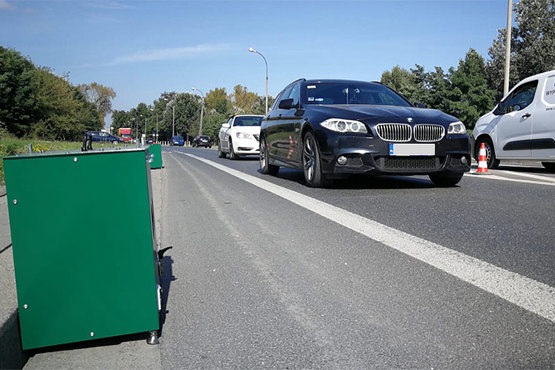Heaviest ever SUVs massively undermine climate benefits of other vehicle improvements, says new GFEI report
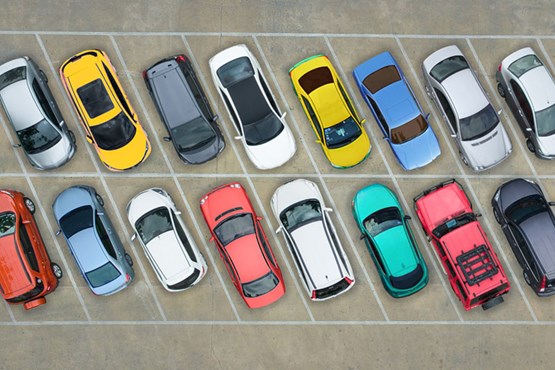
The growing market share and huge size of Sport Utility Vehicles (SUVs) are undermining opportunities to mitigate the impact of vehicle improvements even with the growing shift to electric vehicles (EVs), says a new report by the Global Fuel Economy Initiative (GFEI), supported by the FIA Foundation.
A new analysis in ‘Trends in the global vehicle fleet - managing the SUV shift and the EV transition’ examines global car market trends set against fuel economy developments. Key findings include:
- The global annual rate of energy intensity reductions of light-duty vehicles (LDV) averaged 4.2% between 2020-2022;
- EV uptake is the leading cause of energy efficiency improvements;
- SUVs now represent the largest share of the new car market (51%);
- The average LDV weight has reached an all-time high, exceeding 1.5 tonnes; and
- The shift to larger vehicles has damaged progress on climate, energy security and diversification, as energy demand and CO2 emissions could have fallen 30% more between 2010-2022 if vehicles had stayed the same size.
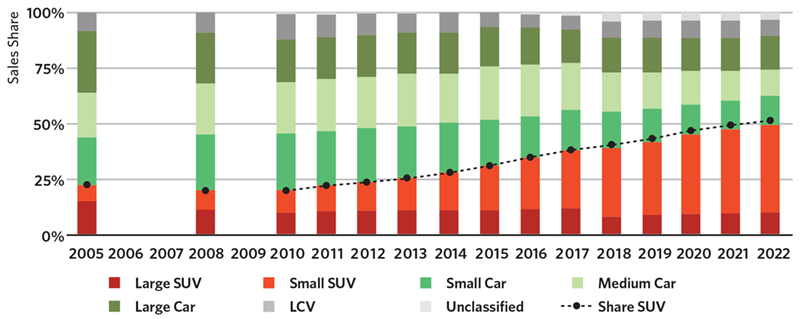
SUVs have continued to grow in market share, size, and weight with significant impacts on climate goals. Larger, heavier, and more powerful vehicles have continued to gain popularity in major automotive markets in nearly all countries. In 2022, worldwide sales of SUVs overtook sales of conventional cars for the first time, reaching 51% of the total sales. The average footprint of a new car has also peaked at around 4.2 m2. SUVs represent the most profitable models for manufacturers, sold at a premium for proportionally lower manufacturing costs, which leads most of them to resist and slow the transition to EVs.
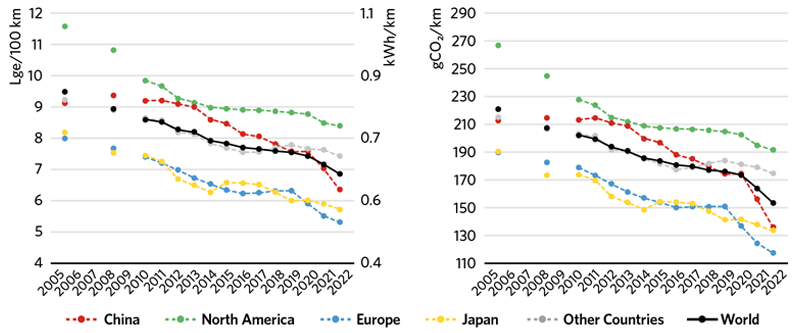
The recent rapid acceleration in energy efficiency and direct CO2 emission reductions are mainly due to the uptake of EVs, which reached 15% of global new car sales in 2022 and have kept strong market shares in 2023. Electric powertrains use three to six times less energy than internal combustion engine vehicles to travel the same distance. Markets with strong EV growth, namely China and Europe, saw the most significant annual energy efficiency improvements of close to 6%. Lower market uptake of EVs resulted in significantly lower yearly improvement rates, for example, by just 1.6% in North America.
The report calls for governments to set caps on vehicle size to explicitly limit and then reverse the SUV shift while accelerating the shift to EVs and increased deployment of energy-saving technologies.
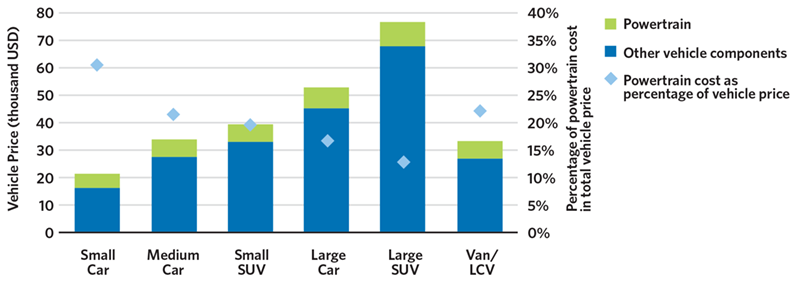
Further policy recommendations include more stringent environmental and safety regulations on highly utilized vehicles such as company cars, taxis, government fleets, and ride- and car-sharing services. They also include investment in renewables, a reversal of fossil fuel subsidies, with the application of carbon pricing, regulations on minimum EV charging deployment and financial instruments designed to facilitate affordable access to EVs.
Sheila Watson, FIA Foundation Deputy Director, said: “Growing vehicle size is a huge problem which is threatening many aspects of sustainable mobility, from climate to road safety. This report shows that we must move away from these mega-vehicles if we are to achieve the GFEI goal of doubling the fuel efficiency of cars by 2030. Vehicle size matters – and in this case bigger is definitely not better.”
Dan Sperling, Founding Director of the Institute of Transportation Studies of the University of California, Davis, said: “Reversing the trend toward bigger and heavier vehicles is key to achieving more sustainable mobility. This applies also for electric mobility, to make the market for EVs more equitable and inclusive—and to reduce the need for critical minerals and more electricity.”
Download 'Trends in the global vehicle fleet - managing the SUV shift and the EV transition’



